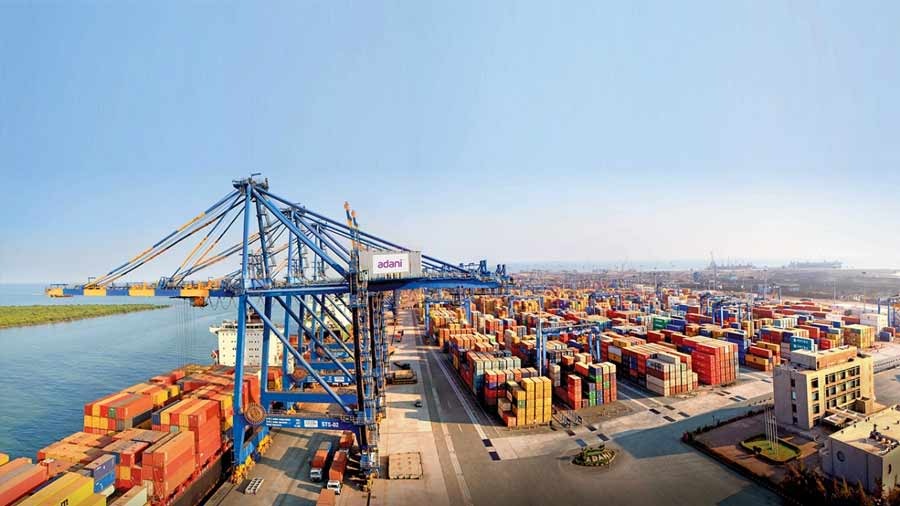1) This is the brightest moment in the modern economic history of Bengal, considering that ports are destiny-transformers. The world’s sixth richest individual has decided to create a port from scratch in Bengal, a validation of the potential resident within the state and a probable signal for others to follow – the biggest game-changing moment in decades. When Adani enters a state, he doesn’t merely align with the state’s policy; he helps transform it.
2) Gautam Adani now becomes the biggest marketing agent for West Bengal. If he were the owner of a steel factory, he would have aspired to make steel at the lowest cost and ship it out, period. But a port owner is different; he needs more cargo throughout – inward and outward – and that can only happen if more businesses are encouraged to invest in the state and grow. I won’t be surprised if the Adani marketing team has already got into pre-selling manufacturing parcels inside the contiguous land area. That’s how they work (in a state where ‘Monday, second half-ay ashbeyn’ is general currency). Which means that the WBIDC office will now for all practical purposes be headquartered in Ahmedabad. You get what I mean.
3) The port will make eastern India efficient. Haldia is a port and no more; KOPT is a port and no more; Tajpur will be a port plus logistics management. Adani’s game is going to be larger than just the port. He will provide Bengal with a logistics backbone. During the last financial year, his port company reinvented itself as a transport utility. His port will not only provide an efficient transaction; it will also seek to carry cargo to wherever the customer needs it (Bihar, Eastern Uttar Pradesh, Nepal, Odisha or Jharkhand) in the shortest time and at the lowest cost. The port will not merely facilitate cargo transfer; it will make customers competitive. It will strengthen Bengal. One only has to see what he has done in Mundra to realise why that one port is driving Gujarat’s GDP and shifting the competitiveness needle for India. It’s a case study, no less.
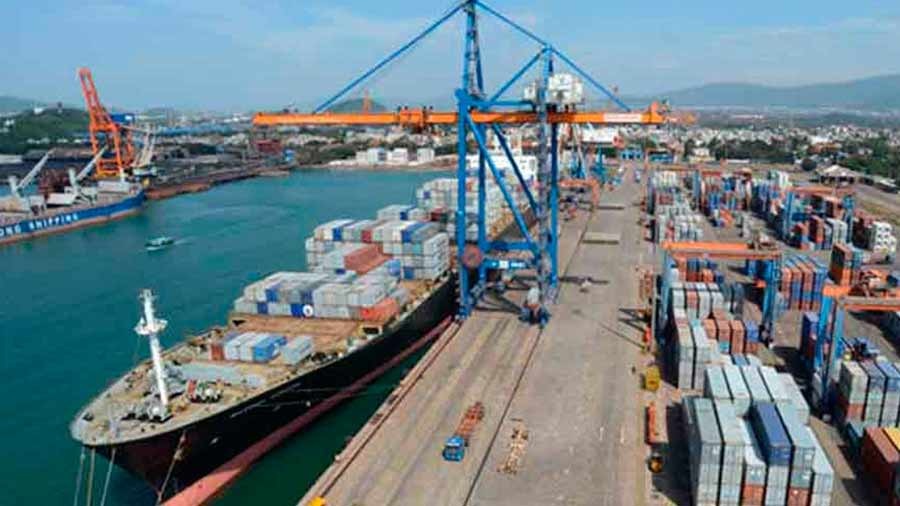
Haldia port TT archives
4) The port is just one part of the story. It is the associated 1,000-hectare land bank that I would view with more interest. What will they do with it? Which manufacturing companies will the Adanis draw into that property? Which sectors will these companies belong to? What employment will that generate? The industrial land may not be in the same league as the Mundra SEZ (40,000 hectares), but there is no restriction on the Adanis buying more land to offer prospective industrialists an even larger plug-and-play infrastructure model.
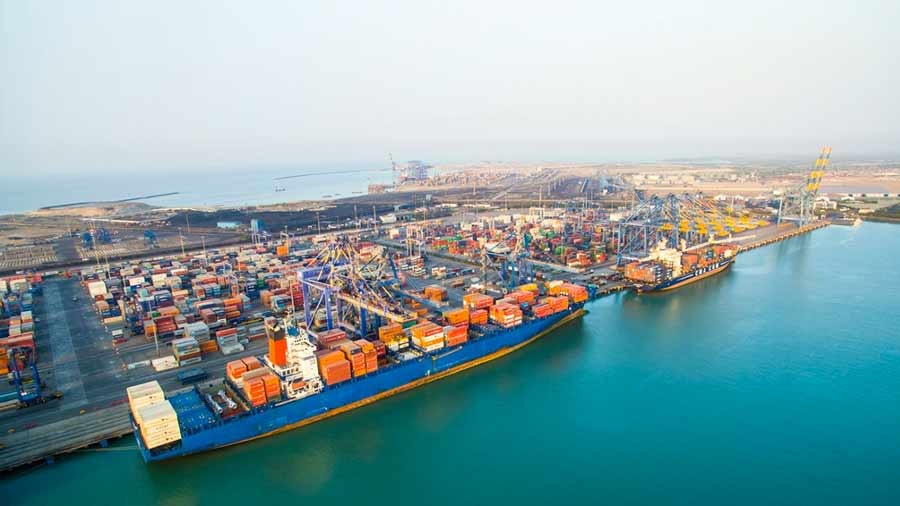
Adani’s Mundra port in Gujarat Adani
5) I have a hunch that the Adanis went all out for Tajpur partly because it represented the terminal point in the ports sequence that starts from Mundra on the western coast and ends here. This ensures that it has now covered virtually the entire coastal necklace with an Adani port every few hundred kilometres. Tajpur is also proximate to the famed Bengal waterways that go deep into western Uttar Pradesh. The cargo that comes into Tajpur could be diverted into waterways for a cost lower than road transport; the cargo that comes in from the hinterland through the waterways could be parcelled to Tajpur for onward trans-shipment to a larger port like Dhamra. It is this profitable game making that Adani specialises in, which is good news for a country where logistics as a per cent of GDP is 500 bps higher than the global average.
6) The efficiency the Adanis could bring to the Tajpur port could make corporate users move out of competing public sector ports, marked by stevedoring dadagiri and trade unions. There is a good reason: all of Adani’s ports are directly owned; he has perfected the landlord model where he owns all assets and provides all port services. The result is that his automated and digitalised service turns shipping vessels out faster than possibly any non-Adani port in the country. When word goes out that the Tajpur port is among the most efficient, a new Bengal image will emerge. This is the port the Bengal CM will seek to highlight of her industrial seriousness; it is this port’s efficiency she will seek to make a part of her Business Meet headlines a few years from now.
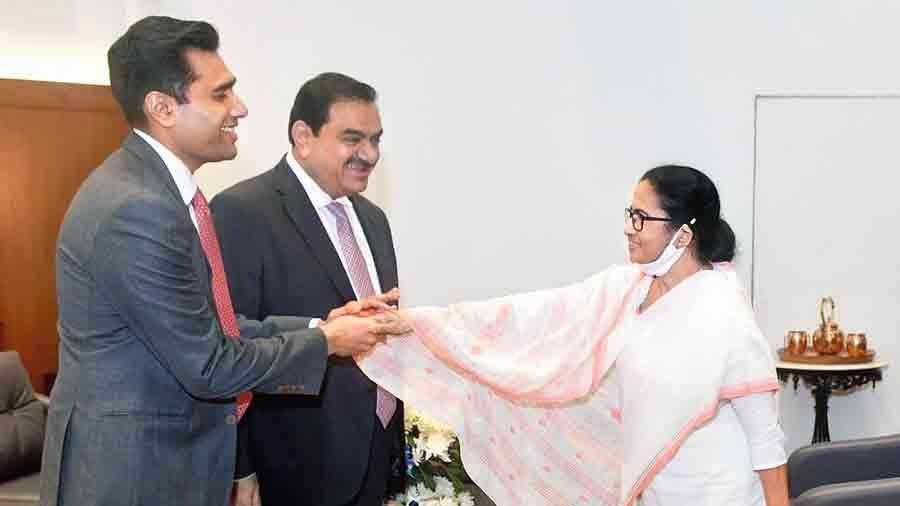
Mamata Banerjee meets Karan Adani and Gautam Adani TT archives
7) The strength of the pack is the strength of the wolf. The Adanis come to Tajpur with the heft of 13 Indian ports plus a footprint in the Colombo port. They stand to revolutionise coastal shipping. Additionally, Adani could bring tenants with him; he could bring technology providers; he could bring an ecosystem that creates modern first-generation professionals for Bengal, of Bengal and in Bengal (as opposed to our youth sending resume letters to other parts of the country).
8) The Adanis invest extensively in corporate social responsibility. I am excited about the prospect of their serious philanthropic engagement. They will not just provide jobs; they will create skills; they will do good for the hinterland through Adani Foundation, now a pan-Indian philanthropic movement that goes everywhere the Group extends its business footprint.
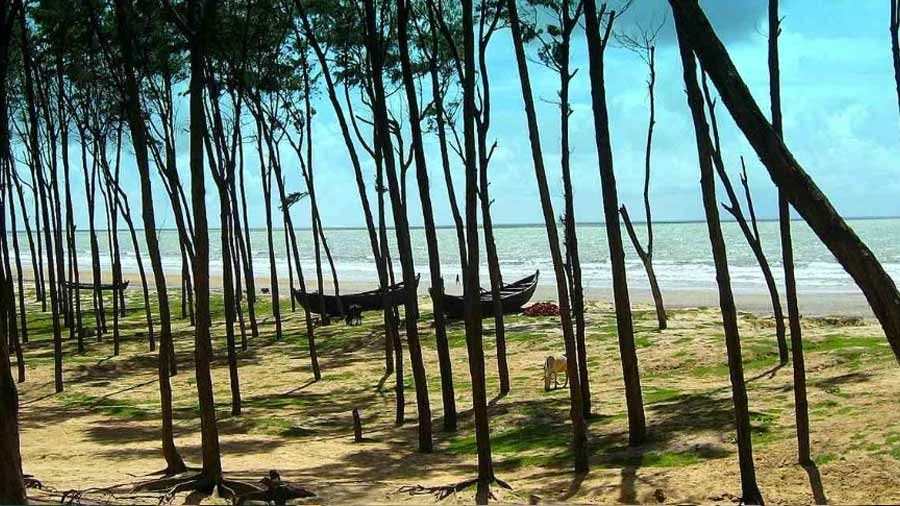
The beach at Tajpur WBTDC
9) If I had to place my bet on something really outsized, I would say that Tajpur will help clean the air for Bengal more effectively than any other initiative of the last 30 years. I will be surprised if Adani does not commission LNG terminals or LNG trans-shipment assets at Tajpur that bring natural gas into the state. That one factor could replace diesel and petrol faster than ever.
10) The last one is an outsized prediction. The most precious ‘cargo’ that the Adanis are likely to bring into Tajpur would be undersea cables that connect the state with the external world. This thick digital backbone could be the turning point for the state’s IT sector, attracting investments, professionals, business — and respect.
The views expressed in this article are those of the author and do not necessarily reflect the views of the website.
